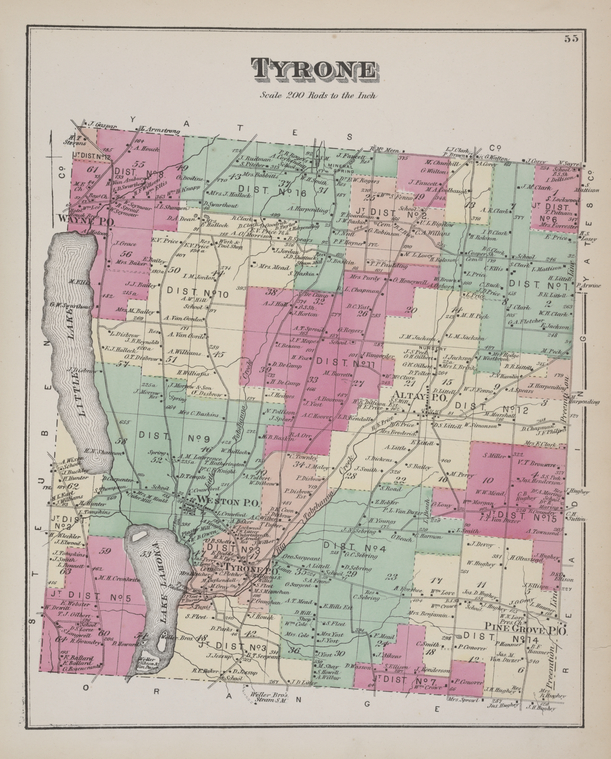For the 100th anniversary of the start of the Great War, Maney Publishing has made available for free download 100 scholarly articles dealing with World War I, including several on battlefield archaeology. The articles will be available to download, with no sign in necessary, through August 2014 at their website:
www.maneyonline.com/ww1
A sample of the articles available:
The Spanish Lady Comes to London: the Influenza Pandemic 1918-1919
Andrea Tanner, The London Journal
Academic Freedom Versus Loyalty at Columbia University During World War I: A Case Study
Charles F Howlett, War & Society
‘An Infinity of Personal Sacrifice’: The Scale and Nature of Charitable Work in Britain during the First World War
Peter Grant, War & Society
They don’t like it up ’em!: Bayonet fetishization in the British Army during the First World War
Paul Hodges, Journal of War & Culture Studies
Naming the unknown of Fromelles: DNA profiling, ethics and the identification of First World War bodies
J L Scully and R Woodward, Journal of War & Culture Studies
‘Those Who Survived the Battlefields’ Archaeological Investigations in a Prisoner of War Camp Near Quedlinburg (Harz / Germany) from the First World War
Volker Demuth, Journal of Conflict Archaeology
Not so Quiet on the Western Front: Progress and Prospect in the Archaeology of the First World War
Tony Pollard and Iain Banks, Journal of Conflict Archaeology
Archaeology of a Great War Dugout: Beecham Farm, Passchendaele, Belgium
P Doyle, P Barton and J Vandewalle, Journal of Conflict Archaeology
Excavating Under Gunfire: Archaeologists in the Aegean During the First World War
David W J Gill, Public Archaeology
Remembering War, Resisting Myth: Veteran Autobiographies and the Great War in the Twenty-first Century
Vincent Andrew Trott, Journal of War & Culture Studies

